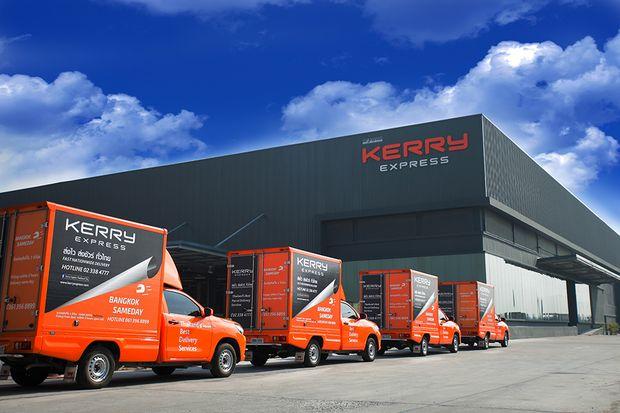Thailand: E-commerce shifting logistics platform
The rapid rise in e-commerce and customer demand for quick delivery of online purchases has driven a change in the retail landscape, as well as logistics management of the sector.
Customers now expect same or next-day delivery services, making slow, inefficient logistics networks become a relic of the past that is no longer acceptable.
To remain competitive, some logistics providers are seeking creative solutions to the final stage of the movement of goods, known as “last-mile logistics”.
In the past, logistics platforms revolved around regional distribution hubs, local warehouses and bulk delivery to retail outlets for sales. Supply chains could operate efficiently using a small number of large distribution centres across the region as traditional bricks-and-mortar retail replenished inventory at a slower pace.
However, due to the emergence of e-commerce, it has been necessary for logistics providers to transform this platform into one which allows for rapid distribution across urban areas.
The result is that there has been a shift in the logistics platform model to one that centres around densely populated urban areas.
The demand for last-mile logistics service is expected to accelerate globally, with demand being driven by individual and SME sellers to online shoppers.
Kerry Express (Thailand) Ltd, one of the express delivery providers in Thailand, was shipping 5,000 packages a day through 30 distribution centres in 2012. By 2016, this had increased to 200,000 packages a day through 260 distribution centres. Siam Cement Group (SCG), the country’s giant conglomerate, has partnered up with Yamato Asia, Japan’s largest door-to-door delivery service company, to launch a door-to-door delivery service called SCG Express last year.
The rapid growth in last-mile delivery is changing our perception about logistics properties.
The need for adequate delivery centres in and around consumer hotspots has shifted developers’ focus away from big-box warehouses on the outskirts of urban areas to smaller light-industrial properties around the cities. In Bangkok, we expect to see many service providers looking to establish a network of small logistics facilities throughout the metropolis. Modern-generation logistics properties will be integrated into other properties such as gas stations, shopping malls and mass transit stations. They will act as drop-off and collection points. Thailand, when compared to some other markets, is still at the relatively early stages of the e-commerce boom. In other more developed markets, we have seen service providers having to innovate and find creative solutions within urban areas to maintain competitiveness.
For instance, with limited urban land availability, vertical logistics properties such as multi-storey warehouses have become a popular solution in some Asian cities such as Hong Kong, Singapore and Tokyo. In New York and London, self-service parcel delivery lockers have become prevalent.
If e-commerce continues to grow at its current rate, service providers in Thailand will also have to continue to innovate and find creative solutions to keep up with customers’ expectations or risk falling behind their competitors in the market.
Source: http://www.bangkokpost.com/business/news/1210913/e-commerce-shifting-logistics-platform


 Thailand
Thailand




